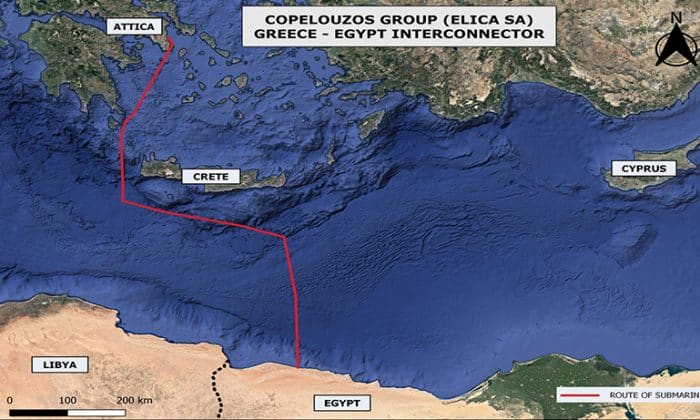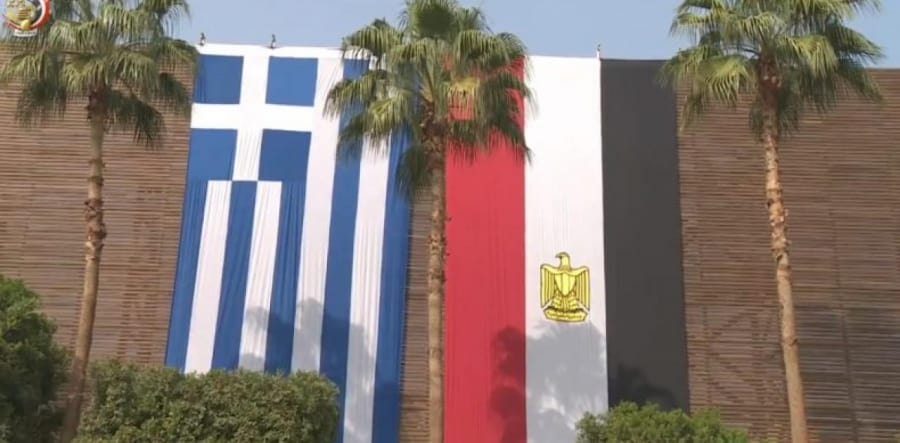Egypt's commitment to harnessing its abundant solar resources for Europe's energy needs remains steadfast. In discussions held at the recent UN General Assembly, Egypt's Foreign Minister, Sameh Shoukry, and his Greek counterpart reaffirmed their commitment to the "GREGY interconnector," a visionary project that aims to link Egypt and Greece via a subsea electricity cable, enabling the export of electricity generated by Egyptian solar facilities to both Egypt and the broader European energy market.
The Copelouzos Group, a prominent Greek conglomerate, and Infinity Power, a joint venture between UAE-based renewable energy firm Masdar and Egyptian company Infinity, lead the GREGY interconnector project. This groundbreaking initiative envisions transmitting 3,000 MW of clean solar and wind energy from Infinity Power to Greece through a remarkable 1,400km-long subsea power cable.

Carlos Torres, Head of Gas and Power Markets Research at consulting firm Rystad Energy, highlights that this project presents a significant opportunity for Europe as the continent strives to reduce its reliance on fossil fuels. Egypt boasts ideal conditions for developing solar energy systems, as confirmed by a 2020 World Bank study, which identified Egypt and other Middle Eastern and North African nations as having the world's most substantial solar energy potential.
While Europe has actively sought alternative power sources following geopolitical events such as the Russian invasion of Ukraine, Egypt faces its energy challenges. The country experienced a series of blackouts this summer, underscoring the urgent need for investments in energy infrastructure to meet its growing population's demands. However, with various energy projects in progress, including the construction of Egypt's first nuclear power station, Torres believes that Egypt will find itself in a more secure energy position in the future, allowing it to fulfil domestic requirements while exporting surplus power.
The GREGY interconnector is just one of several projects designed to connect North Africa with Europe. Already, two subsea cables transmit electricity between Morocco and Spain, and numerous other initiatives are in the planning stages, including schemes to supply power from Tunisia to Italy.
If realized, the GREGY interconnector would surpass all existing subsea transmission lines in length, nearly doubling the current record held by a link between Denmark and Britain. Nevertheless, it would be smaller in scale compared to other proposals, such as a cable designed to deliver Moroccan-generated electricity directly to the British grid. This ambitious project, developed by UK-based start-up Xlinks, would require a 3,800km undersea cable encircling the western edge of Europe, potentially incurring greater electricity losses during transmission despite recent technological advancements.
The GREGY interconnector's pragmatic approach involves transporting electricity generated in Egypt to the European mainland's closest point, facilitating the supply of power to various European nations. As power-hungry European governments seek sustainable alternatives to Russian gas, projects like GREGY are expected to usher in a new era of high-voltage, long-distance connections, harnessing North Africa's abundant solar resources for Europe's clean energy needs.


